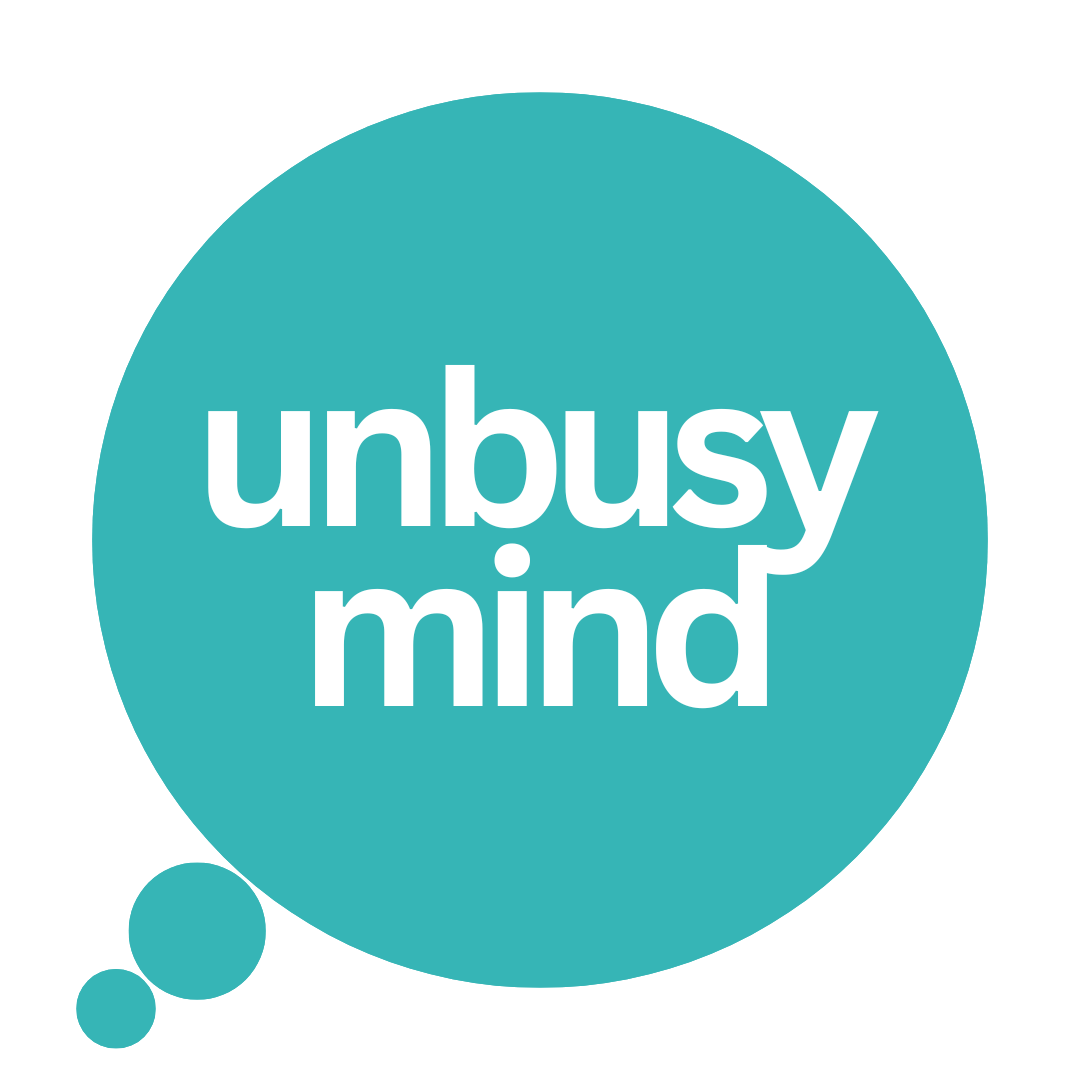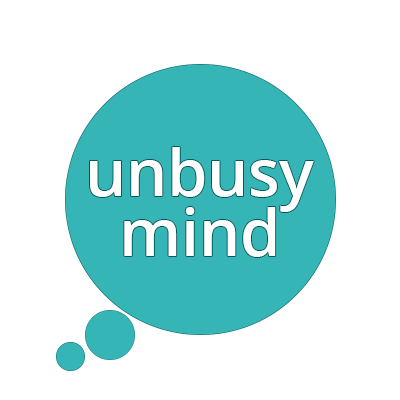
14 Jan Discovering the Calming Power of EMDR Bilateral Music
Ever feel like your mind’s running a marathon, thoughts bouncing around like popcorn in a hot pan? We’ve all been there. But what if there was a simple trick to hit the pause button and find some peace? Let’s dive into the world of EMDR bilateral music and see how it can help us chill out and stop overthinking.
Understanding Overthinking
What Is Overthinking?
Overthinking is when our minds get stuck in a loop, replaying the same thoughts over and over. It’s like being on a mental hamster wheel—lots of effort, no progress. This habit can crank up our stress and anxiety levels, making it tough to focus on what’s happening right now.
Why Do We Overthink?
We might overthink because we’re trying to make sense of things or avoid making mistakes. But instead of helping, it often leaves us feeling stuck and overwhelmed.
Mindfulness: A Tool for Mental Peace
What Is Mindfulness?
Mindfulness is all about paying attention to the present moment without judgment. It’s like tuning into the ‘now’ channel of your life, noticing your thoughts and feelings without getting swept away by them.
Benefits of Mindfulness
Practicing mindfulness can help us:
- Reduce Stress: By focusing on the present, we can let go of worries about the past or future.
- Improve Focus: Mindfulness trains our attention, making it easier to concentrate.
- Enhance Emotional Well-being: It helps us become more aware of our emotions, leading to better mood management.
Introducing EMDR Bilateral Music
What Is EMDR?
EMDR stands for Eye Movement Desensitization and Reprocessing. It’s a type of therapy that helps people process traumatic memories by using bilateral stimulation—activating both sides of the brain.
How Does Bilateral Music Fit In?
Bilateral music is designed to alternate sounds between the left and right ears. This back-and-forth pattern can mimic the bilateral stimulation used in EMDR therapy, helping to calm the mind and reduce anxiety.
Lily’s Life-Changing Discovery
Lily Sherv, a mindfulness expert, found herself tangled in thoughts and anxiety. In 2024, her therapist introduced her to EMDR bilateral music, and it was a game-changer. By listening to this music through headphones, she could quiet her racing mind and find peace in the present moment.
How Does Bilateral Music Work?
The Science Behind It
Listening to bilateral music engages both hemispheres of the brain. This dual engagement can help:
- Process Stressful Memories: Making them less intense.
- Reduce Anxiety: By calming the nervous system.
- Enhance Relaxation: Promoting a sense of calm.
Practical Applications
You can use bilateral music during activities like:
- Walking: Stay present and enjoy your surroundings.
- Cleaning: Turn chores into a calming experience.
- Reading: Enhance focus and immersion.
Getting Started with EMDR Bilateral Music
Where to Find It
Platforms like Spotify offer a variety of EMDR bilateral music tracks. Just search for “EMDR bilateral music,” and you’ll find plenty of options.
Tips for Effective Listening
- Use Headphones: To get the full left-right effect.
- Choose a Quiet Environment: Minimize distractions for better focus.
- Start Small: Begin with short sessions and gradually increase the time.
Additional Mindfulness Strategies to Combat Overthinking
1. The Awareness Diary
Keep a journal to note when you’re overthinking. Write down:
- Thoughts: What’s on your mind?
- Emotions: How do you feel?
- Physical Sensations: Any bodily reactions?
This practice can help you become more aware of your thought patterns.
2. Sitting with Discomfort
Instead of avoiding uncomfortable feelings, try to sit with them. Acknowledge their presence without judgment. This can reduce the power they have over you.
3. Embracing Uncertainty
Life is full of unknowns. Embracing uncertainty can free you from the need to overthink and control every outcome.
4. Meditation
Regular meditation practice can train your mind to stay present, reducing the tendency to overthink.
5. The Four-Step Pause
When you notice overthinking, follow these steps:
- Pause: Stop what you’re doing.
- Breathe: Take a deep breath.
- Reflect: What’s happening in your mind?
- Choose: Decide your next action mindfully.
Incorporating Bilateral Music into Daily Life
Morning Routine
Start your day with bilateral music to set a calm tone for the day ahead.
During Work
Use it during work to maintain focus and reduce stress.
Evening Wind-Down
Listen before bed to help relax your mind and prepare for sleep.
Real-Life Experiences
Many have found relief through bilateral music. One listener shared, “I sleep with EMDR bilateral music on every night now and sleep like a baby!” Another noted, “I felt so much relaxation; it’s insane.”
Exploring Other Therapeutic Techniques
Mindfulness Meditation
Regular practice can help you stay present and reduce overthinking.
Cognitive Behavioral Therapy (CBT)
CBT can provide tools to challenge and change unhelpful thought patterns.
Physical Activity
Engaging in regular exercise can help reduce stress and improve mood.
Potential Benefits of Bilateral Music
- Stress Reduction: Engaging both sides of the brain can promote relaxation.
- Improved Sleep: Calming the mind may lead to better sleep quality.
- Enhanced Focus: It can help in maintaining attention during tasks.
Considerations and Precautions
Consult Professionals
While bilateral music can be helpful, it’s essential to consult with a healthcare professional, especially if you have underlying mental health conditions.
Personal Preferences
Not everyone may find bilateral music effective. It’s important to explore and find what works best for you.
Conclusion
Overthinking can feel like a storm in our minds, but tools like EMDR bilateral music offer a way to calm the chaos. By incorporating this practice and other mindfulness strategies into our daily lives, we can find peace and stay anchored in the present moment.

